For almost 20 years, Pennsylvania has been using an innovative approach to working with partners on conservation, sustainability, and recreation.
Known as the Pennsylvania Conservation Landscape Program, the effort to work in large regions toward goals of vibrant communities, protected natural assets, and quality of life is recognized nationally as a successful model of collaboration.
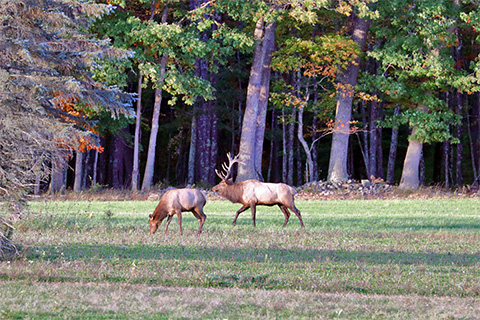
A recent video highlights how the Conservation Landscapes are framing their work around not only the biodiversity and ecological values of natural resources; but also around how people connect and rely on them for outdoor recreation, water quality, tourism, and sustainable economies.
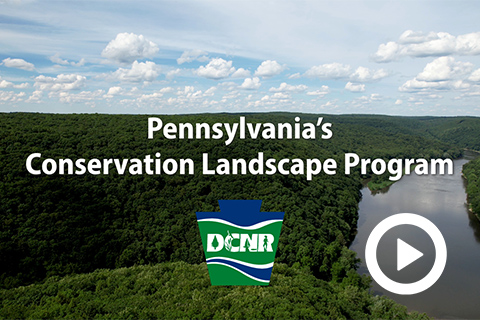
Eight Unique Conservation Landscape Regions
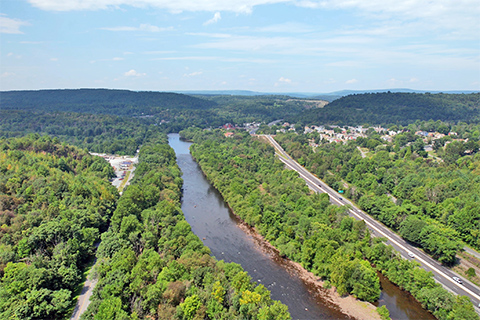
Each of the landscapes, while built on the same foundational principles, has been encouraged to develop programs that meet the priorities of the local communities and the regional conditions.
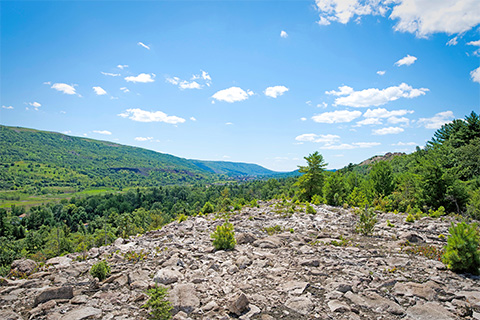
The eight regions are:
- Pennsylvania Wilds -- A 13-county region in northcentral and northwestern Pennsylvania including Cameron, Centre (northern), Clarion, Clearfield, Clinton, Elk, Forest, Jefferson, Lycoming, McKean, Potter, Tioga, and Warren counties
- Poconos Forests and Waters -- Pike, Monroe, Lackawanna, Luzerne, Wayne, and Carbon counties
- Lehigh Valley Greenways -- Lehigh and Northampton counties
- Schuylkill Highlands -- Berks, Bucks, Chester, Lebanon, Lancaster, Lehigh, and Montgomery counties
- Susquehanna Riverlands -- Lancaster and York counties
- South Mountain -- Southcentral Pennsylvania including Adams, Cumberland, Franklin, and York counties
- Laurel Highlands -- Southwestern Pennsylvania defined by three Allegheny Plateau ridges and including Somerset, Westmoreland, Fayette, and portions of Cambria and Bedford counties
- Kittatinny Ridge -- Encompassing the Kittatinny Ridge in Pennsylvania extending 185 miles, marking the entrance into the Ridge and Valley region
All the Conservation Landscapes use the principles of locally driven planning, natural resource conservation, community renewal, and civic engagement.
Models of Successful Collaboration
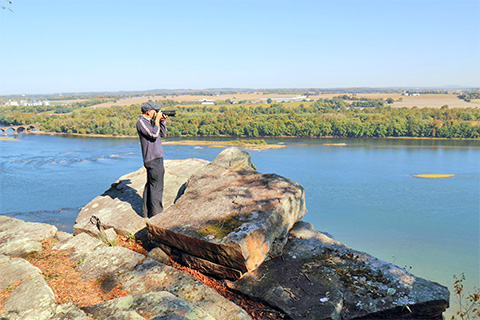
Just before the pandemic, DCNR had an independent evaluation of the program conducted to outline the successes of the program and suggest ways to make it even better.
One of the recommendations in Pennsylvania Conservation Landscapes -- Models for Successful Collaboration (PDF) is to measure and communicate outcomes to show the value and impact of a landscape approach.
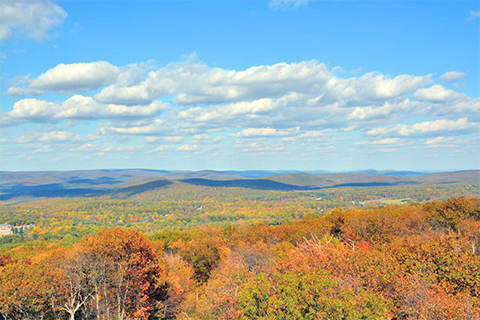
A work group that engaged Conservation Landscape stakeholders has identified four overarching goals that all of the regional partnerships are working to achieve; and has begun to compile information around two or three metrics for each goal.
The goals are:
- Conservation and stewardship
- Outreach and engagement
- Outdoor recreation
- Economic benefits or impact
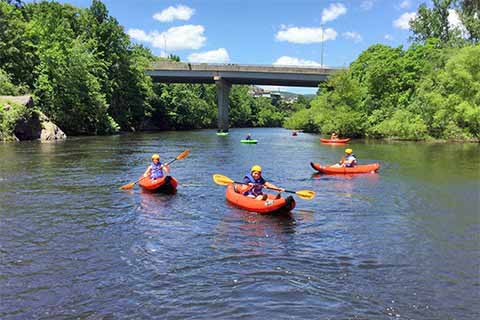
Collecting metric information looking backwards has presented some challenges, but progress is being made on outlining data to be collected moving forward. Some highlights that are emerging include:
- Across the eight regions, there are more than 2,000 partners engaged and connected to the landscape approach
- Almost 320,000 acres of land have been conserved collectively by partners in the program
- Close to $4.25 million in mini-grant funding has helped support small projects, engaged more partners, and completed local priority projects
- The program has attracted more than $180 million dollars in non-DCNR grant funding from many sources
The Conservation Landscape program has created a number of best practices and a culture of trust that is a model for the landscape scale initiatives across the country.
It will help Pennsylvania tackle some of its most challenging and complex problems, including climate change and its impacts on people, communities, wildlife, and health.